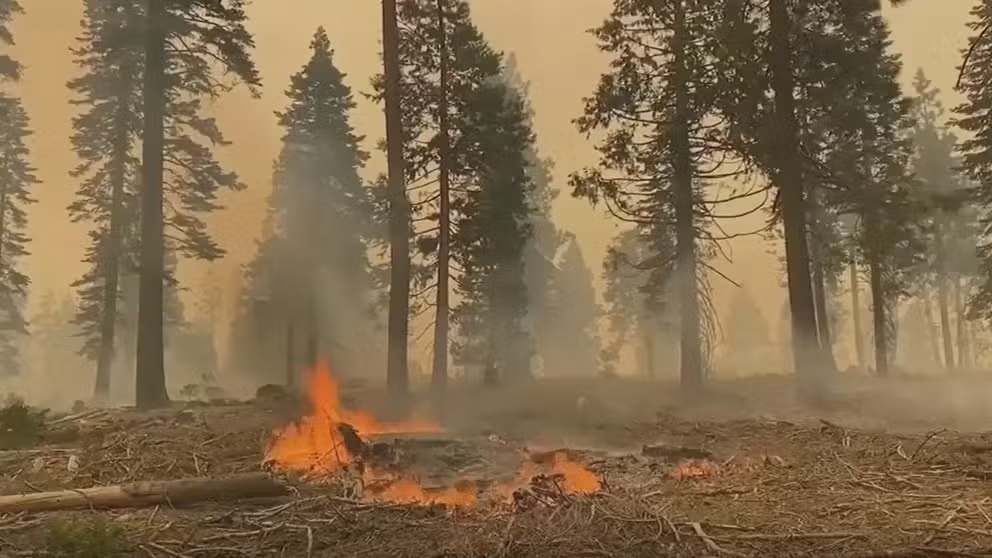How to best prepare your homes for wildfires
It’s up to home owners to place the odds of their home’s survival in their favor.
How to best prepare your homes for wildfires
Fire officials say that certain steps can make your house more likely to survive a wildfire.
LOS ANGELES – As fires rage across the West, officials are urging people to prepare their homes for the worst.
They say that certain steps can make your house more likely to survive a wildfire.
David Caine always loved the peaceful mountains about two hours east of the hustle and bustle of Los Angeles.
"My wife and I retired from Southern California Edison Co. in 1996. We had a cabin in the mountains and our constant phrase was, when we retire, let's move to the mountains. So in 1998, we moved here full time and we've enjoyed all of it."
But as David found, while living here had its rewards, it also came with a risk: wildfires.
"This little area is just very private and enjoyable and filled with trees. But going back to 1999 when I saw the first fire I'd seen, which was called the Willow Fire, I didn't know what to do."
David realized that his little community – Crest Estates – was way overgrown.
"And one of the problems — and I had this problem myself — and that was not wanting to cut a tree and we had way too many trees."
That’s because a major fire hasn’t burned through this area since 1911.
"Most of the trees are young and have grown in 110 years to be pretty good sized trees. But the problem has grown with it. And so the education of our homeowners was a big part of what I wanted to do," David said.
So David made it his mission to get his neighborhood fire safe through tree removal and brush clearing.
"I began to realize right away we needed to thin the trees out. So we had space. And we need to get those fire fuel branches off and we always have to clear our ground," David said.
"For a forest community, this community is really a great example of what people can do in order to make their home and community defendable," said Alison Hesterly, a captain with Cal Fire.
Alison says during a wildfire, crews try to save every home they can, but there aren’t always enough firefighting resources to go around.
"We just can't get an engine at every home."
So it’s up to home owners to place the odds of their home’s survival in their favor.
Alison says this is a shining example of "home hardening" – giving firefighters defensible space so they’re able to protect a house from fire and allowing the home to naturally protect itself.
It’s all about keeping flammable materials away from the home and limbing up nearby trees to prevent fire from climbing high into the canopies where it can spread from treetop to treetop.
"As a company officer, we're thinking about the safety of our people. And if there is a home that just hasn't done much in preparation to defend their home or make a defendable for us, odds are we won't have the time. To trim every tree, to clear every scrub of vegetation on the property, so it's most likely that that home will be bypassed," Alison stated.
There are also things people can do to build fire protection into their homes.
Rob Ryder is the HOA President of Crest Estates and says people in the neighborhood are encouraged to build and remodel with fire resistent materials like cement fiber-based shingles, metal rooves and heat reisistant windows.
Fire officials say taking steps like these are as crucial as ever as more homes are built farther into the wilderness and large wildfires burn well into the fall and winter months.
"It's so important, it's hard to put into words, because when you think about the year round fire season, our resources become so tapped," said Alison.
And for longtime mountain-dwellers like David, a hope that "home hardening" measures can preserve his way of life.
"Fires occur over and over. It's part of nature. What we need to do is reduce the potential for nature to want to have a fire," said David.
